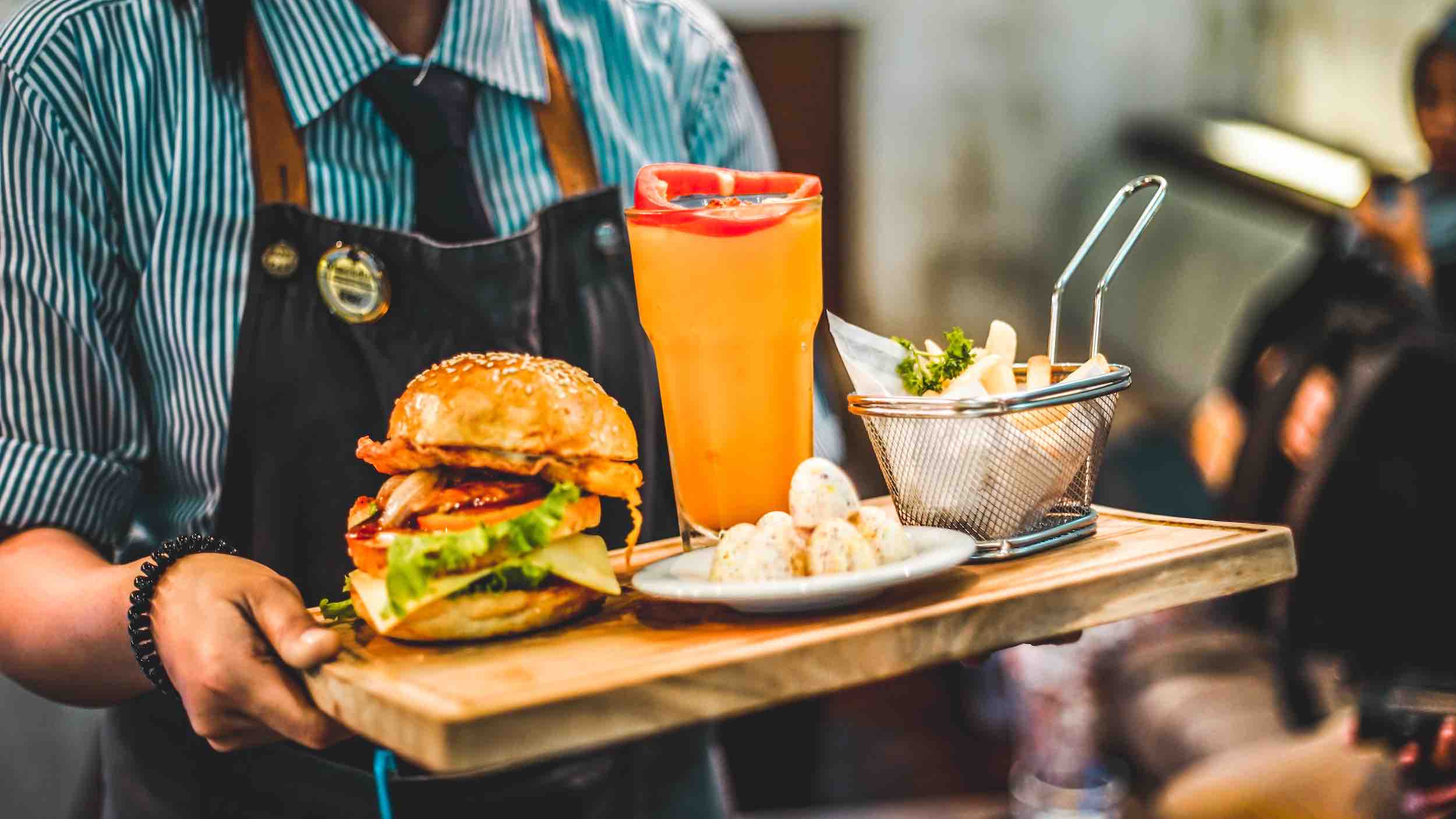It may come as no surprise, but customer satisfaction is down at restaurants, though it may not be quite as bad as you think.
A host of factors have created significant challenges for restaurant owners and operators. The pandemic forced the industry first to shut down, then switch to a delivery-only model, then outdoor dining only, then mixed indoor/outdoor dining…. all of it has created many headaches for the business and the consumer.
The main concerns for patrons are service quality, supply chain issues, and higher prices. *
Service
Restaurants have had significant challenges keeping enough experienced serving staff. Fewer servers have to tend to more tables, while additional support in the form of bussing has been harder to find. Challenges extend to the back of the restaurant. Nationally there is a shortage of cooks. Many cooks retired or moved to other work during the pandemic, choosing jobs that required fewer, if not also friendlier hours.
Restaurants that offer delivery have been often criticized for late delivery or for leaving items out of an order.
Supply Chain Issues
The supply chain issues have meant that your favorite restaurant might have a limited menu. Limited menus due to limited supplies are directly attributable to supply chain issues.
Limited menus also have been a way for restaurants to reduce costs. They allow reduced staff to handle more orders more efficiently. It cuts down on overhead and waste and has been an effective workaround for many restaurants. Customers, however, want what they want, so if a favorite dish is unavailable or cooked differently because some ingredients aren’t available, it leaves a bad impression.
Higher Prices
Of course, prices are higher due to the other issues already mentioned. Still, when the price is higher, the service isn’t as good, and the menu item a customer wants isn’t available, it adds up to a less than inspiring experience. Some restaurants have tried to rework the pay structure to add a back-of-the-house service fee, basically a tip that goes to the chefs, etc. In some cases, these extra charges are accepted without resistance, but it still adds up to an experience that doesn’t compare favorably to what was normal a few years ago.
Why it Might Be Not-That-Bad
According to the American Customer Satisfaction Index (ACSI) Restaurant Study 2021-2022, customer satisfaction is about the same as it was a year ago at full-service restaurants. **
“In the study, based on interviews with 20,143 customers between April 2021 and March 2022, full-service restaurants maintained a customer satisfaction score of 80 on a scale of zero to 100, and fast-food restaurants dropped 2.6% to 76….
The study also ranked the two segments based on customer experience benchmarks. Full-service restaurants outperformed fast-food chains in food order accuracy (87 to 83), restaurant layout and cleanliness (84 to 81), food quality (86 to 81) and food variety (84 to 79). Fast-food restaurants prevailed when it came to mobile app quality. Fast-food restaurants maintained a score of 83 in the category, while full service took a nosedive, dropping 8% to 78.” **
All in all, the industry has taken on some historical challenges in recent years. It has proven to be nimble by adapting to changing circumstances quickly and aggressively. Within the context of such challenging times, it’s impressive that customers are generally satisfied, and restaurants are finding a way to make it all happen!
** fermag2.com


Recent Comments